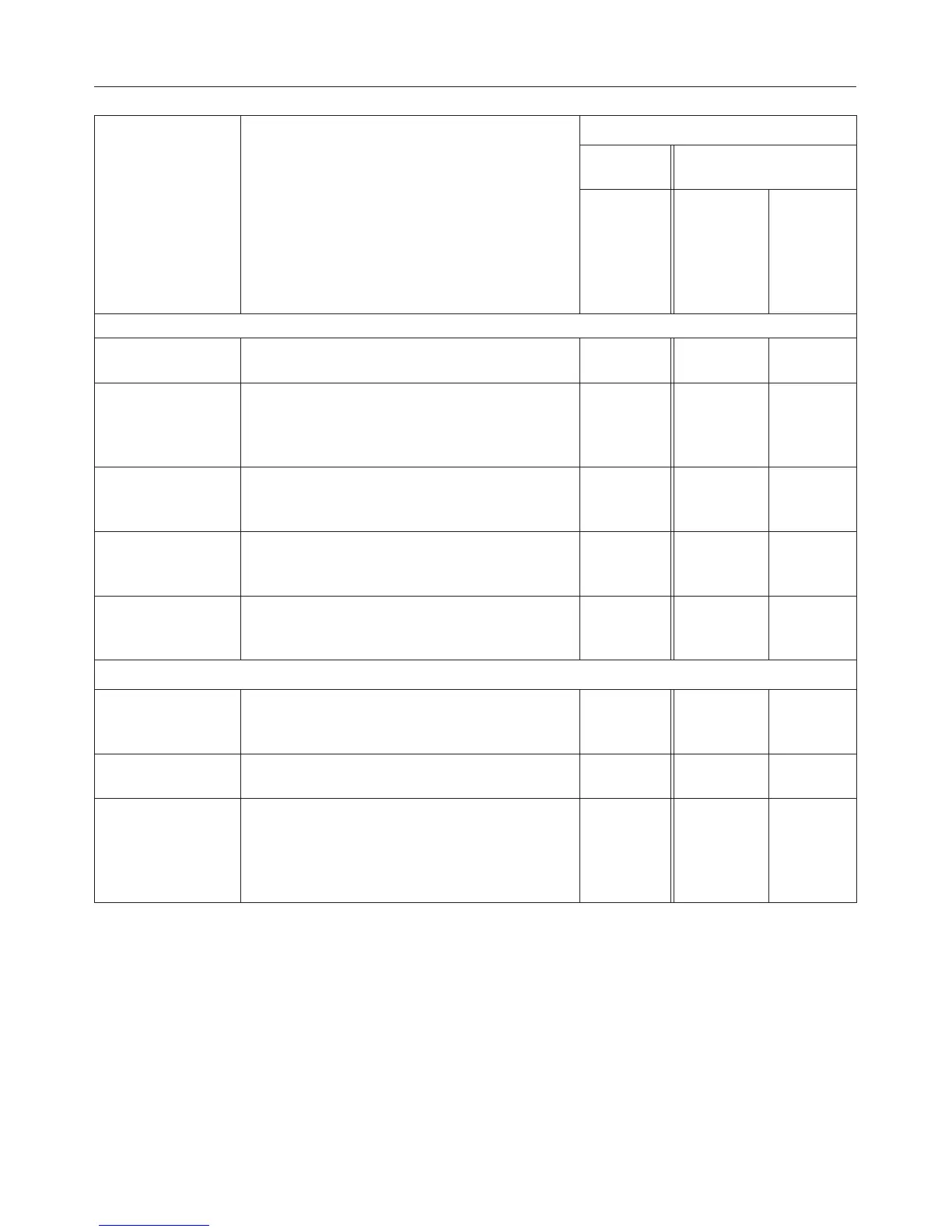
 Loading...
Loading...
Do you have a question about the Miele G 681 and is the answer not in the manual?
| Brand | Miele |
|---|---|
| Model | G 681 |
| Category | Dishwasher |
| Language | English |
Covers setting the water softener, adding rinse aid, and choosing the initial wash program.
Provides a detailed table of water hardness settings and guidance on programming the machine accordingly.
Describes how to program and change the water hardness level using the control panel buttons.
Details how to adjust the physical water hardness selector located inside the dishwasher's wash cabinet.
Step-by-step instructions on powering on the dishwasher and initiating a wash program.
Explains the "Top Solo" feature, its benefits, and how it affects detergent usage and load placement.
Provides detailed steps on how to activate and use the "Top Solo" function with a wash program.
Details how to set a delay start time for programs, specifying time increments and limits.
Addresses issues like the start indicator not lighting, dishwasher not starting, or stopping during a program.
Provides remedies for simultaneous flashing indicator lights indicating a potential fault.
Covers issues like the intake/drain indicator flashing, knocking, rattling, or whistling noises during operation.
Addresses knocking noise in water pipes and common causes for dishes not being clean.
Provides solutions for dishes not drying properly, removal of stains, and residue issues.
Addresses smearing on glassware, dullness, discoloration of plastic items, and rust stains on cutlery.
Details the causes and remedies for water remaining in the wash cabinet at the end of a program.